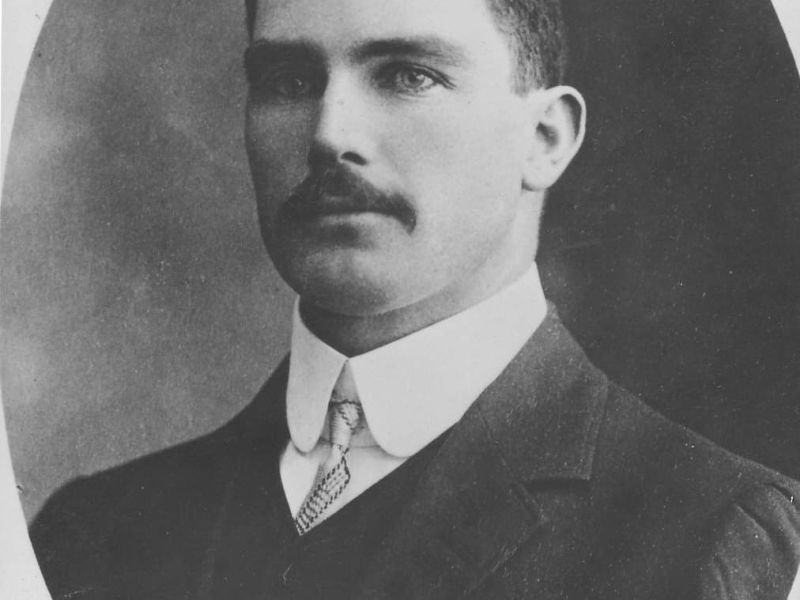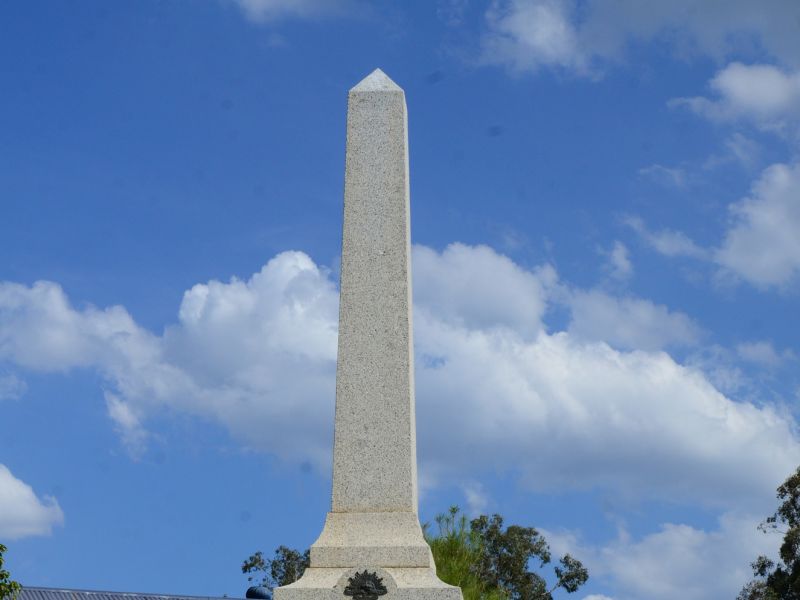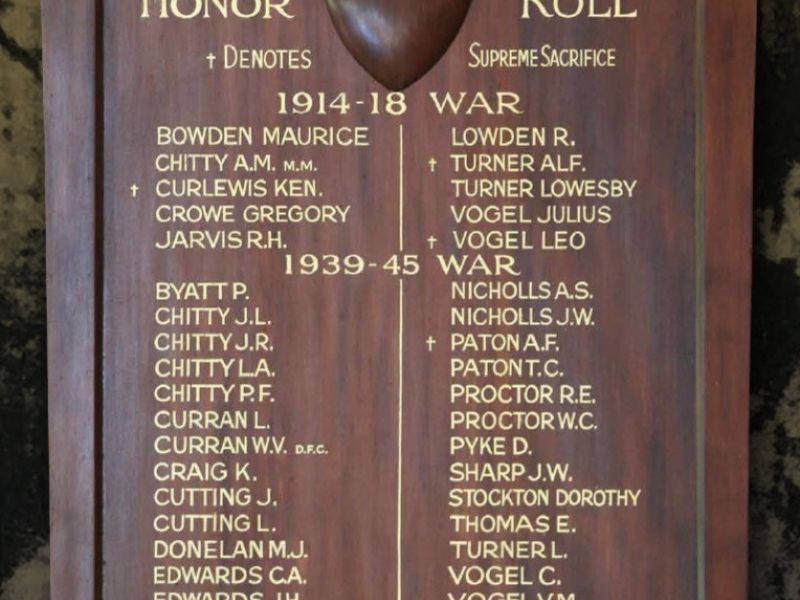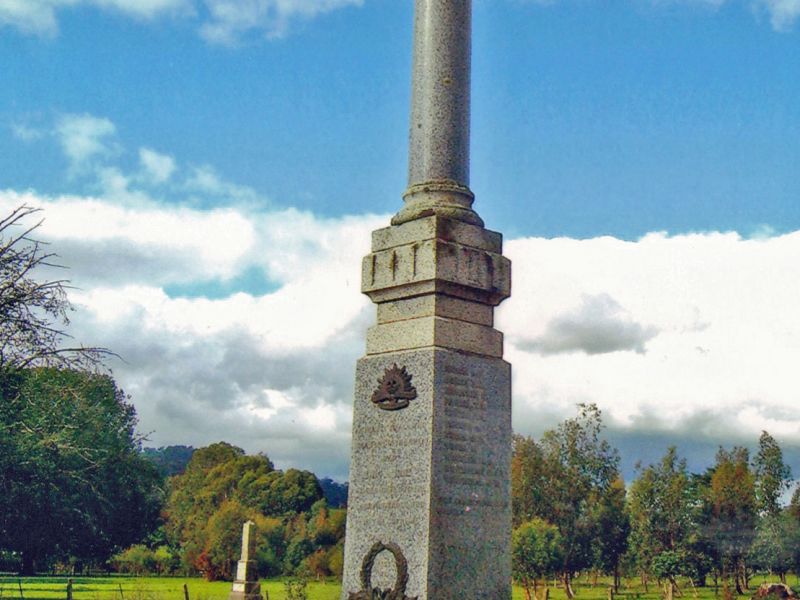Leopold Vogel
Leopold Vogel was born on the 26th of September 1881, at Tintaldra, Victoria. He was the youngest of eleven children of Christian and Elizabeth (née Cartwright) Vogel. By 1918, six children and both parents would have passed away, two of the children being killed in WW1.
Leo enlisted in Melbourne on the 17th of September 1915. On his attestation paper he notes that his occupation was a blacksmith and that he had spent seven years as a member of the Walwa Rifle Club. Due to both of Leo’s parents having died before 1915, Leo would give one of his older brothers, Thomas, as his next of kin. He was given the Regimental Number 10590 and became a member of the 13th Reinforcements for the 1st Divisional Ammunition Column.
Upon being transferred to the Field Artillery, his rank changed from private to gunner. Training was undertaken at the Broadmeadows Training Camp just outside of Melbourne. On the 5th of January 1916, Leo embarked on HMAT A19 Afric and made his journey across the seas arriving in Cairo sometime before the 10th of February. Here, he was taken on strength with the 1st Division Ammunition Column from the reinforcements section and posted to the 2nd Section.
Over the next four months, Leo would undergo a number of minor transfers before travelling to Marseilles in southern France. A final transfer to the 4th Division Trench Mortar Battery took place in early August of 1916. Leo was placed into Z4A Battery which had the 2-inch medium mortar as their primary weapon. Also known as the 2-inch howitzer and nicknamed the “toffee apple” or “plum pudding” mortar due to the shape of the projectile used, it could fire a 42 pound (19 kilograms) spherical bomb up to 600 yards (550 metres).
In mid-October, the 1st ANZAC Corp, of which the 4th Division was part of, replaced the central army corps of the English Fourth Army in the area around Gueudecourt, a village on the Somme battlefield in northern France. The objectives of the Corp were to capture two salients, one immediately north of Gueudecourt and the other (called the Maze) about two kilometres west. The artillery and trench mortar batteries of the four Australian Divisions (1st, 2nd, 4th and 5th) were to provide supporting artillery.
The 4th Division Trench Mortars war diary for the 10th of November records the events that led to Leo’s death.
“Z4A Battery opened fire on CRATERS, PICADILLY FARM and wire. The effects of this bombardment was very severe on enemy’s works, each shot causing huge quantities of timber and wire to be displaced. Enemy flares were ignited both in trenches and CRATERS.
No 1 gun in charge of 2013 Bdr Dawson. T.E. fired 102 rounds in 55 minutes. Nos 2 and 3 guns fired on CRATERS and considerable damage was done. A short round from No 2 gun which fell only 8 yards from the gun and exploded resulted in the death of 10590 Gnr Vogel L.”
Leo was buried in the Ridge Wood Military Cemetery, Voormelzeele, Belgium. He is also remembered on the Australian War Memorial Roll of Honour and the Cudgewa War Memorial.
A tragic end to this story involves Leo’s brother Julius. As Julius had moved to New Zealand around 1911, he enlisted in the New Zealand Army at the outbreak of war. On the 9th of May, 1918 John accidentally discharged his rifle, killing him instantly. This meant that both Vogel brothers died as a result of their weapons accidentally, or wrongfully, discharging.
Leo is remembered on the Australian War Memorial Roll of Honour, the Cudgewa War Memorial, the Tintaldra School Honour Roll, and the Corryong War Memorial. For his service during the First World War, he was awarded the British War Medal and the Victory Medal.

 Stephen Learmonth
Stephen Learmonth

